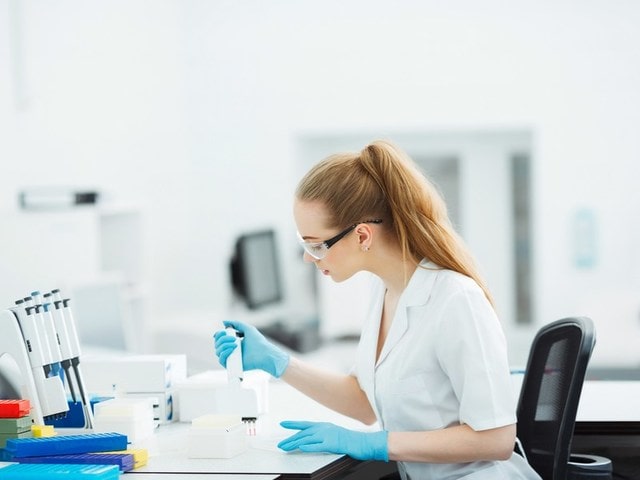Do Much Less Collaborate With Better Outcomes
As tough may be to believe, organic chemistry has only five response types for you to bear in mind. Actually, you can possibly escape even less. When you have this sort of oversight, the job of keeping in mind each and every sort of response as well as every single sort of response problem, becomes much less intimidating to you.
The, even more, organized your reasoning, a lot more organized your recall.
When you try to learn everything as if it were totally brand-new, as if what you are examining is a completely one-of-a-kind example of a distinct incident, it is a large amount like trying to reinvent the wheel each time you intend to drive in the future.
1) Useful Group Transformations:
It needs come as not a surprise that useful team improvements are exceptionally comparable to metathesis responses of general chemistry. You may have heard them called exchange responses or double variation responses. These are typified by the lack of change in the oxidation state of any of the components which join the reaction.
The only distinction between what you found out in whole chemistry and also what you found out in natural chemistry is the identification of the companions in the exchange.
2) Oxidation-Reduction Reactions:
These are responses in which the carbon alters its oxidation state. There are luckily reasonably few of these. To understand this, examine the fact that carbon handles a number of different oxidation states, which rely on its substituents.
It would certainly be simple to wrongly associate the visibility of oxygen as a measure of oxidation or decrease. Nevertheless, if you have taken any kind of French, some close friends can be deceptive. These are called artificial amies.
The only certain way to identify this as an oxidation or reduction is to in fact check out the formal oxidation state of carbon. Also, be specific to acknowledge in any of these responses, oxidation or decrease should have a partner.
3) Free Radical Reactions:
Free radicals form an essential location of organic chemistry which include points like the burning of hydrocarbons with oxygen, the polymerization of styrene, the straight light-launched replacement of halogens, as well as the selective halogenation of alkanes in a terminal placement.
These are characterized by single electron processes.
In normal totally free extreme responses, there is constantly an initiation step. This is followed by a chain proliferation action in which the radical is passed to one or a collection of high-power extreme intermediates. The is additionally a chain discontinuation step, in which two cost-free radicals with an unpaired electron pair form a regular covalent bond where the two radicals currently share 2 electrons.

4) Cyclo-addition Reactions:
Cyclic reactions include one of the most well-known kinds, the Diels-Alder and reverse Diels-Alder reactions. They have additionally been named [4 +2] reactions and are thermally started. They travel with a 6-membered ring transition state and also are made up of a diene and also a dienophile.
Dienophiles are often substituted with electron-withdrawing groups to increase the rate of response. Dienes are more triggered by electron-releasing teams. These are collective reactions without any intermediates.
5) Acid-Base Responses:
Several important reactions in organic chemistry are justified in terms of acid-base reactions. A lot of these involve initial steps like the protonation of alcohol to make an oxonium piece or deprotonation of an α-carbon from an aldehyde or ketone.
For more information, please follow h1 chemistry tuition to know more.
